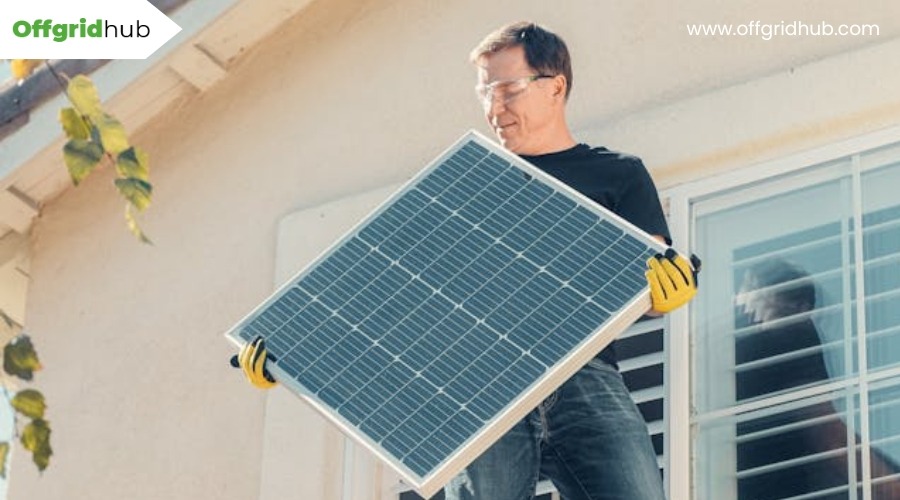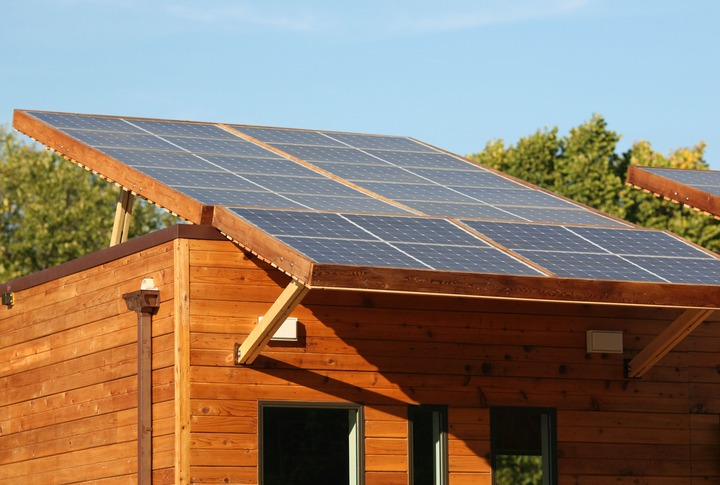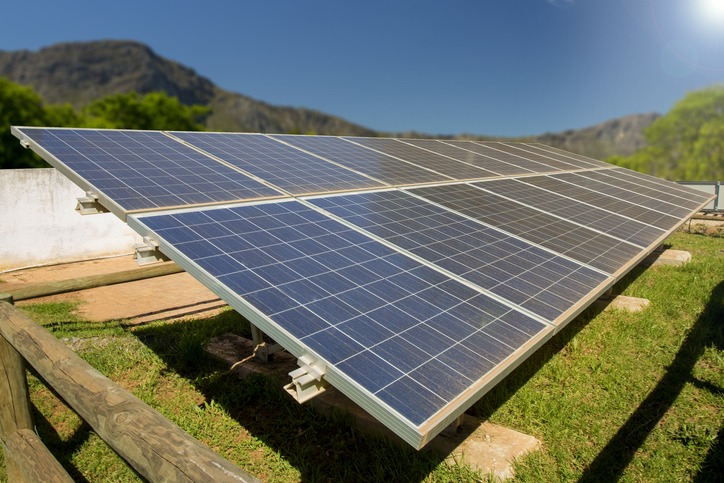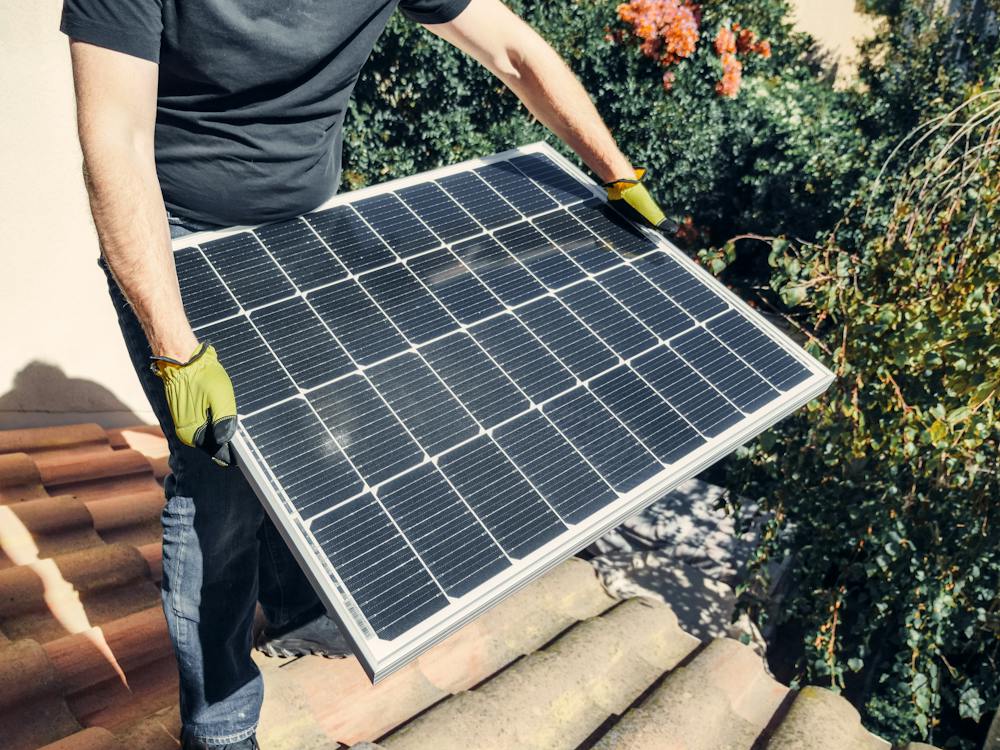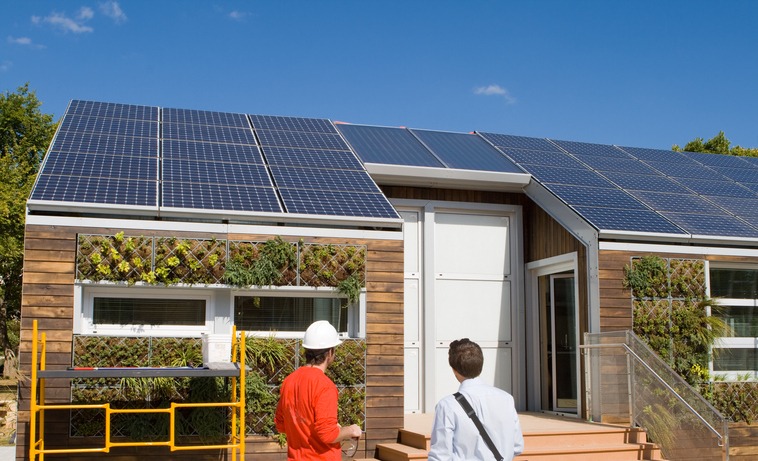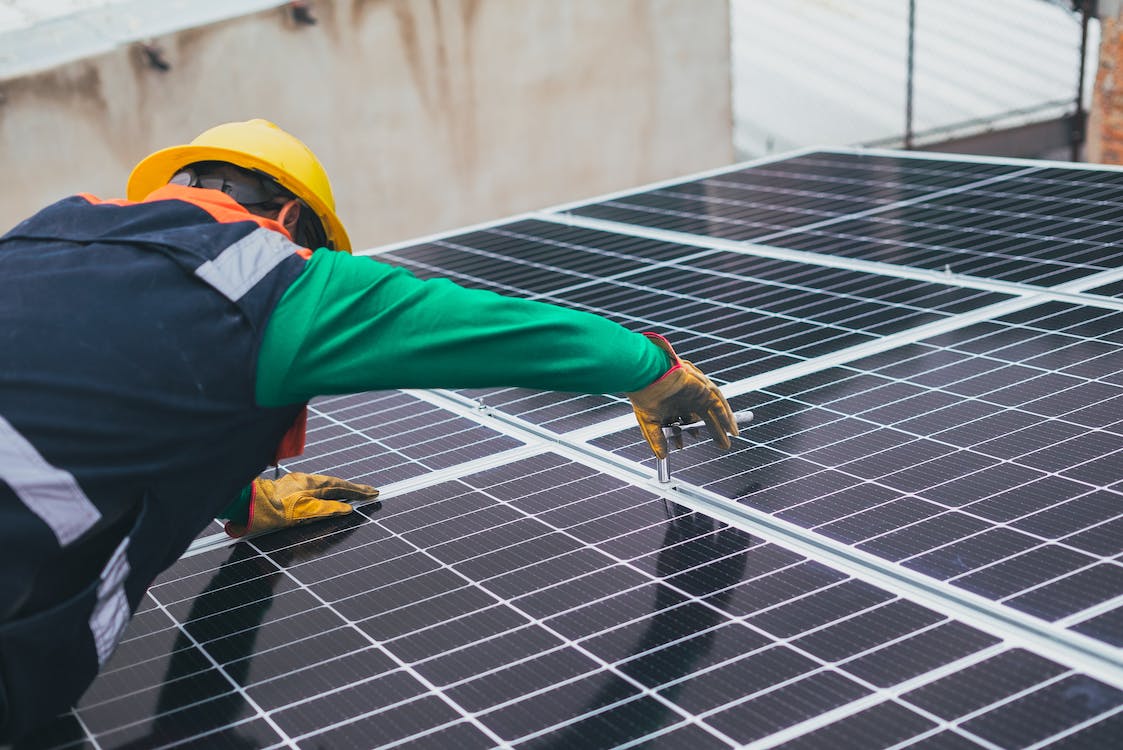Did you know that the average tiny home can reduce energy consumption by up to 45% when equipped with an optimized solar power system? As you consider making your tiny home more energy-efficient, it’s crucial to explore how you can harness the sun’s power effectively. From selecting the right solar panels to understanding your energy needs, there’s a lot to consider.
However, with the right approach, you can significantly cut down on utility costs and enjoy a sustainable lifestyle. Let’s explore the key factors that can make or break the effectiveness of solar power solutions in tiny homes.
Assessing Energy Needs
Before optimizing your tiny home’s solar power system, you’ll need to accurately assess your energy needs. This step is crucial because it ensures that your solar system matches your lifestyle without underperformance. Start by listing all your appliances and noting their power ratings. This includes everything from your fridge to your phone charger. It’s not just about knowing what you have but understanding how much power each item requires.
Next, calculate your daily energy consumption. You’ll do this by multiplying the power ratings of your appliances by your daily usage. This calculation gives you a clear picture of how much energy you use in a day, guiding you on the size your solar system needs to be. Remember, it’s not just about meeting your energy needs; it’s about doing so efficiently.
To further optimize your system, consider switching to energy-efficient appliances and LED lighting. These adjustments significantly reduce your overall energy consumption, allowing for a smaller, more cost-effective solar setup. By accurately assessing your energy needs and adjusting your usage, you’re laying the foundation for a solar-powered tiny home that’s both efficient and sustainable.
Choosing Solar Panels
After assessing your energy needs, the next step is choosing the right solar panels for your tiny home. This choice is pivotal, not only for harnessing sufficient power but also for ensuring your system integrates seamlessly with your home’s design. Solar panels for tiny homes typically range between 250 to 400 watts per panel, but which one suits your needs best?
Consider these factors:
- Panel Efficiency: High-efficiency monocrystalline panels are a popular choice for optimizing energy generation. They’re known for their superior performance, especially in limited spaces.
- Space and Orientation: Your roof’s available space and its orientation significantly impact the effectiveness of solar panels installed. Maximizing sunlight exposure is key.
- Flexibility and Portability: For homes with unconventional designs or those on the move, flexible or portable solar panels adapt well to various configurations.
- Energy Goals: Calculate your daily energy usage and consider your energy independence goals. This will guide you on the number of panels needed for your home.
System Design Considerations
When designing your tiny home’s solar power system, it’s crucial to assess both the energy needs and the available space for panel installation to ensure optimal sun exposure and energy generation. You’ll need to calculate your daily energy consumption and compare it to the potential output of solar panels. This balance will help you determine the size of the system required.
Choosing between rooftop or ground-mounted solar systems is another critical decision. This choice hinges on several factors, including the amount of unshaded space available and the efficiency of panel placement. Rooftop installations are popular for their space-saving benefits, but ground-mounted systems can be more accessible for maintenance and adjustments.
Here’s a quick guide to help you navigate these considerations:
| Consideration | Key Points |
|---|---|
| Space Availability | Evaluate for optimal sun exposure |
| Panel Placement | Ensure maximum energy capture |
| System Type | Choose between rooftop vs ground-mounted |
| Future Needs | Plan for expandability and changes in consumption |
Installation Strategies
Selecting the right installation strategy for your tiny home’s solar panels can significantly enhance their efficiency and your overall energy production. When you’re at Step 3: Choose between Rooftop vs. Ground-Mounted Solar, consider not only your tiny home’s layout but also your electricity usage and the type of system that will meet your needs.
- Rooftop Solar Panels: Optimize sun exposure and use space efficiently, especially if your roof is unobstructed. This option is ideal for maximizing watt-hours per square foot, directly impacting your electricity bills.
- Ground-Mounted Solar: An excellent choice for homes with limited or shaded roof space. These systems can be easier to clean and adjust, potentially offering better access for maintenance.
- Adjustable Mounts: By adjusting the angle of your solar panels seasonally, you can capture more sunlight, thereby increasing your energy production. This flexibility can be crucial for optimizing output.
- High-Efficiency Panels: Regardless of whether you choose rooftop or ground-mounted systems, investing in high-efficiency panels ensures you get the most electricity out of the panels you need, keeping your tiny home powered and reducing bills.
Each of these strategies plays a vital role in customizing a solar power setup that aligns with your tiny home’s specific requirements and your lifestyle.
Maximizing Efficiency
To maximize efficiency in your tiny home, it’s crucial to consider high-efficiency solar panels that generate more electricity within a limited space. These panels are key to overcoming space limitations and optimizing energy production within the constraints of a tiny home. By choosing panels that produce more power per square foot, you’re ensuring that every inch of your roof or ground-mounted setup works harder for you.
In addition to selecting high-efficiency panels, you should also focus on strategic panel placement and orientation to maximize sun exposure. This means installing your panels where they’ll receive direct sunlight for the majority of the day, which can significantly boost your system’s overall efficiency.
Making your home more energy efficient plays a vital role as well. By incorporating insulation and energy-saving appliances, you can reduce the overall energy demand of your tiny home. This reduction means you’ll need fewer solar panels to cover your energy needs, further easing the space limitations.
Maintenance and Upgrades
Keeping your solar power system in top shape involves regular maintenance and considering upgrades, ensuring you get the most out of your investment. Regular solar panel maintenance, such as panel cleaning and inspecting for damage, is crucial for enhancing efficiency. Additionally, you might find that upgrading battery storage or adding more panels can significantly boost your system’s performance. By closely monitoring your energy production and consumption, you can make informed adjustments for system optimization.
To streamline these processes, consider incorporating smart technology and monitoring systems. These tools not only simplify maintenance but also help in achieving peak performance from your solar setup. Remember, routine inspections and professional servicing are vital for prolonging the lifespan of your solar panels and ensuring they continue to operate efficiently.
- Solar Panel Maintenance: Regular cleaning and damage inspection.
- Upgrade Battery Storage: Enhance capacity for improved performance.
- Energy Production Monitoring: Adjust for optimal efficiency and savings.
- Smart Technology Integration: Use monitoring systems for easy maintenance and upgrades.
Conclusion
In conclusion, optimizing solar power for your tiny home involves carefully assessing your energy needs, selecting the right solar panels, and designing a system that suits your space. By installing strategically and focusing on maximizing efficiency, you’ll not only save on utility costs but also contribute to a greener planet.
Don’t forget regular maintenance and considering upgrades to keep your system at peak performance. Embrace solar solutions like the Goal Zero Yeti for a sustainable, cost-effective energy source in your tiny home living.
